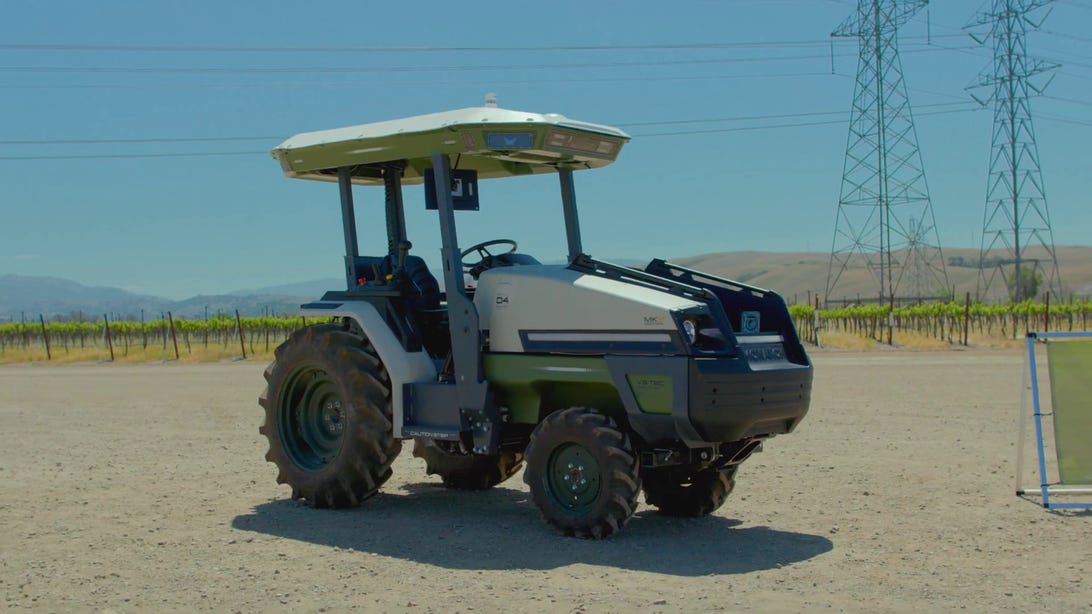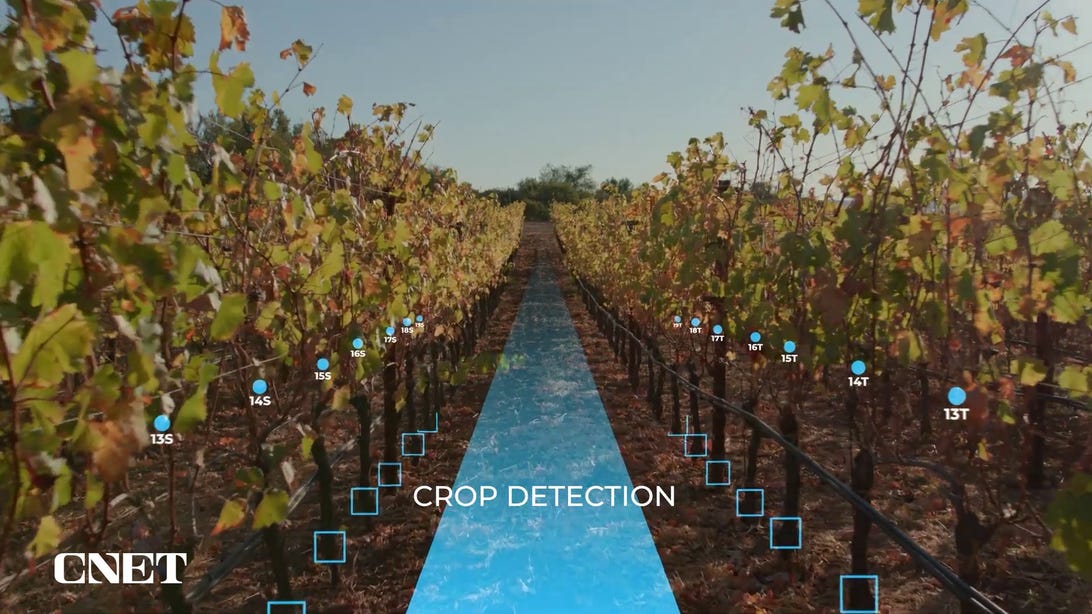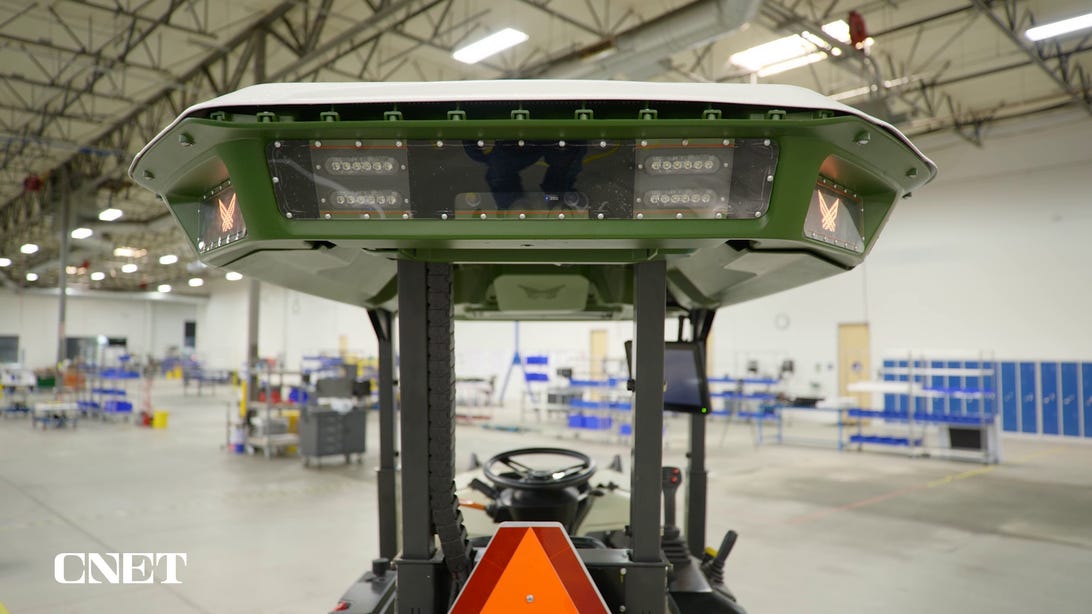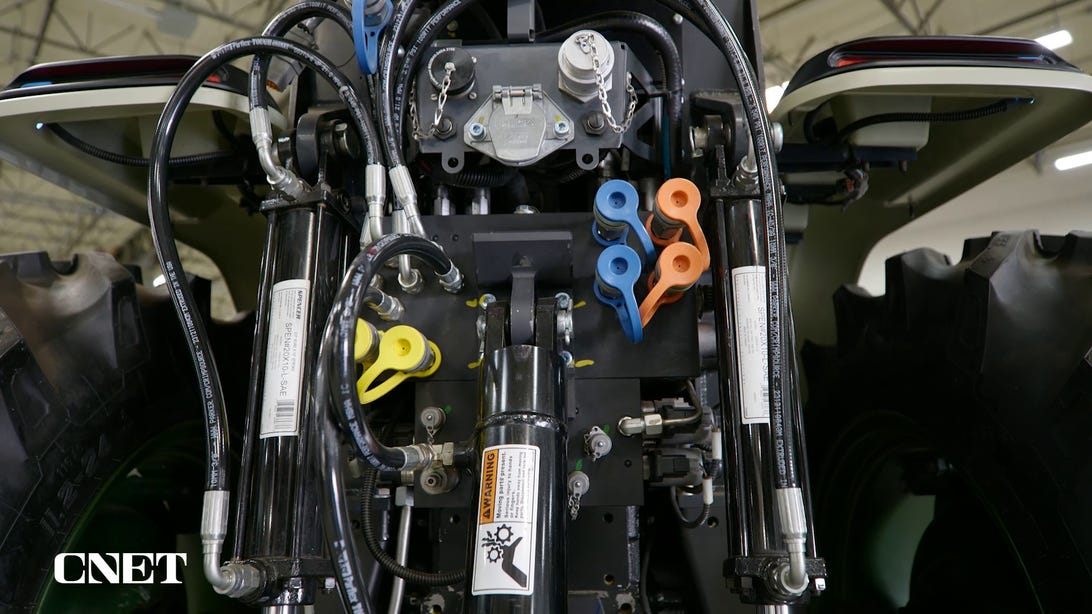While car makers struggle to create a world of electric, autonomous connected cars, a tractor company thinks such a revolution makes a lot more sense on the farm. Monarch Tractor’s vehicle applies those technologies to work that’s more valuable and more frequent than that done by our cars, gathering data along the way that they believe will improve food.


“Ag for me made a lot more sense when I looked at the technology,” said Monarch Tractor CEO Praveen Penmetsa. “Electric, automated and smart technologies really have a place in agriculture.”
Penmetsa has roots in high performance electric cars but always found the push for connected, autonomous cars to be a reach. In tractors those technologies are natural as the vehicle plies organized land and replicates known patterns. In the rare case it encounters a pedestrian, it does so at 3 miles per hour. “It’s a much more controlled environment. It’s a more solvable problem now.”
While the casual observer may focus on zero emissions and the lack of a driver needed for what Penmetsa calls “dull, dirty and dangerous” work. The big idea is sensing and data: Monarch hopes its tractor becomes a platform for apps and AI that use its visual data gathering and detailed process recording to create better harvests without having to add drone or satellite technology that isn’t already on most farms. “The tractor sits at the center of almost every operation on the farm,” said Penmetsa. “That makes it the logical platform to collect data.”


The Monarch tractor’s computer vision allows it to class crops and navigational lanes without elaborate radar or lidar, thanks to the slow speed and organized nature of farmland.
Monarch TractorIt could also mean a farm employee moves from driving one tractor to potentially managing a handful of them, attaching implements, programming new behaviors and overseeing charging and hydraulic maintenance across a fleet. As with so many applications of robotics, it remains to be seen if this elevates the existing workforce to better employment or splits it between that and no employment.
The basic Monarch Tractor puts out 40 continuous horsepower and 70 peak, numbers in line with a 1960s Fiat but typical of two thirds of tractors sold in the US. Unlike electric cars, the Monarch tractor has gears, and a lot of them: nine forward and three reverse, driving the rear or all four wheels. All the controls in the cabin are implemented by wire so they can be sensed and automated. The tractor will work as long as 10 hours on a charge or as little as six during particularly high-load operations; Recharging takes 4 to 5 hours on a Level II connection. Each farmer will have to decide how well an electric duty cycle dovetails with their work. The company doesn’t publish torque or battery capacity specs.


Simple cameras are mounted in the cab roof where lighting and the compute hardware is located.
CNETRugged, inexpensive camera technology forms the visual sensor pack in place of expensive, delicate Lidar. “We have a policy here called ‘farmer frugal,'” said Monarch President Mark Scwhager, who hails from Zoox and Tesla. He added that lidar sensors are expensive but they’re appropriate for the automotive industry. “We’re only going 2 or 3 miles an hour. That makes our stopping distance 4 or 5 feet.” Cameras are also well suited to recognizing the nature and condition of crops.
While some robotic tractor companies dispense with a cab entirely, Monarch went to lengths to create a familiar one where the farmer will feel at home as they teach the tractor how to do their job. “We don’t tell farmers how to farm,” said Schwager, “we let farmers tell the tractor how to farm.”


The mechanical and hydraulic implement connections at the back of the Monarch tractor are familiar, except that these are all controlled and sensed by wire to make them automatable.
CNETMonarch is certainly not the only company reinventing the tractor: Equipment giant Case New Holland is licensing the company’s technology, Solectrac is focused on electrification, John Deere recently showed tractor autonomy as a retrofit kit and ZTractor’s models will be automated to the degree that they have no driver’s seat or controls.
As with the prospects for autonomous commercial trucks, smart tractors will stand on the shoulders of core technologies developed for passenger cars but might end up reaching the future sooner.
